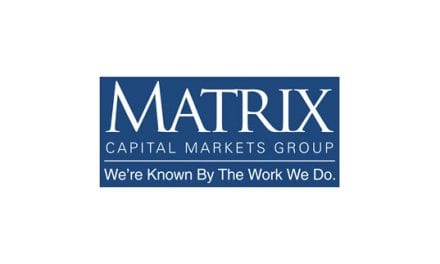The lubricant additives market, with an estimated growth of 0.5% in 2019, has traditionally been slow to embrace major changes and shifts to new chemistry. However, changes in the lubricants industry, along with the introduction of new specifications, may find a market more receptive to new technology in lubricant formulations, finds the recently published Global Lubricant Additives: Market Analysis and Opportunities report by Kline. To learn about key findings and market trends, REGISTER for the webinar taking place on September 25, 2019.
Automotive lubricants, especially HDMO and PCMO, are the largest end-use application areas for additives. The consumption of lubricant additives for blending automotive lubricants represents nearly 70% of the total lubricant additive volume.
“The push toward greater fuel economy and longer lubricant life may be pushing traditional chemistries to their performance limit, where adding more simply isn’t good enough or may be chemically limited to protect exhaust after-treatment devices,” says David Tsui, project manager for the study.
OEMs are being driven toward new technology and metallurgy for their drivetrains, along with continuing to lower the engine oil viscosity requirements.
“This could drive a shift toward new additive technology such as ashless antiwear components, novel friction modifiers, or low-viscosity dispersants to meet the needs of the vehicles of tomorrow,” adds Tsui. “On top of this, the government push toward electric vehicles (EVs) will also change the lubricant additives market.”
The formulation changes will prompt differential growth within the different additives function classes. Currently, dispersants, which are largely consumed in automotive and industrial engine oils, are the largest function class for additives, closely followed by viscosity index improvers (VII). The third-largest function class is detergents.
Factors such as enhanced engine cleanliness requirements and soot control requirements will provide an impetus to the increased consumption of dispersants in engine oils. VII consumption growth drivers include a shift to multigrade oils, longer lubricant life, and increasing usage of Group II and III basestocks. Other function classes such as antioxidants, friction modifiers, PPDs, and corrosion inhibitors are also forecast to grow at a fast pace. The rest will grow at rates closer to the market average.
Overall lubricant additive consumption is projected to grow at a compound annual growth rate (CAGR) of 0.5% by 2023. While additive growth rates have traditionally outpaced finished lubricant volumes, this forecast period is affected by the lowering of sulfur in marine fuels and the general limiting of ash in lubricants, causing detergent consumption to decline at an annual rate of 2.1%.
Additive consumption in South America and Africa and the Middle East region will exhibit the strongest growth between 2018 and 2023. The Asia-Pacific region is projected to show the strongest volume growth. Europe will remain relatively flat, while North America is projected to decline. Growth in Asia-Pacific will be driven by HDMO and PCMO due to an increase in automotive production and ownership, as well as government infrastructure investment, which will expand the commercial fleet. However, marine engine oil additive use is projected to decline in the region.
Global Lubricant Additives: Market Analysis and Opportunities covers additives for automotive lubricants, metalworking fluids, industrial engine oils, general industrial lubricants, greases, and process oils. This market research is of particular value to lubricant additive suppliers and finished-lubricant formulators and marketers, as the industry is moving to optimize additive packages and treat rates for use with higher-performance American Petroleum Institute (API) Group II, II+, III and gas-to-liquid (GTL) basestocks. This report will assist suppliers in identifying opportunities within the global lubricant additive industry.








